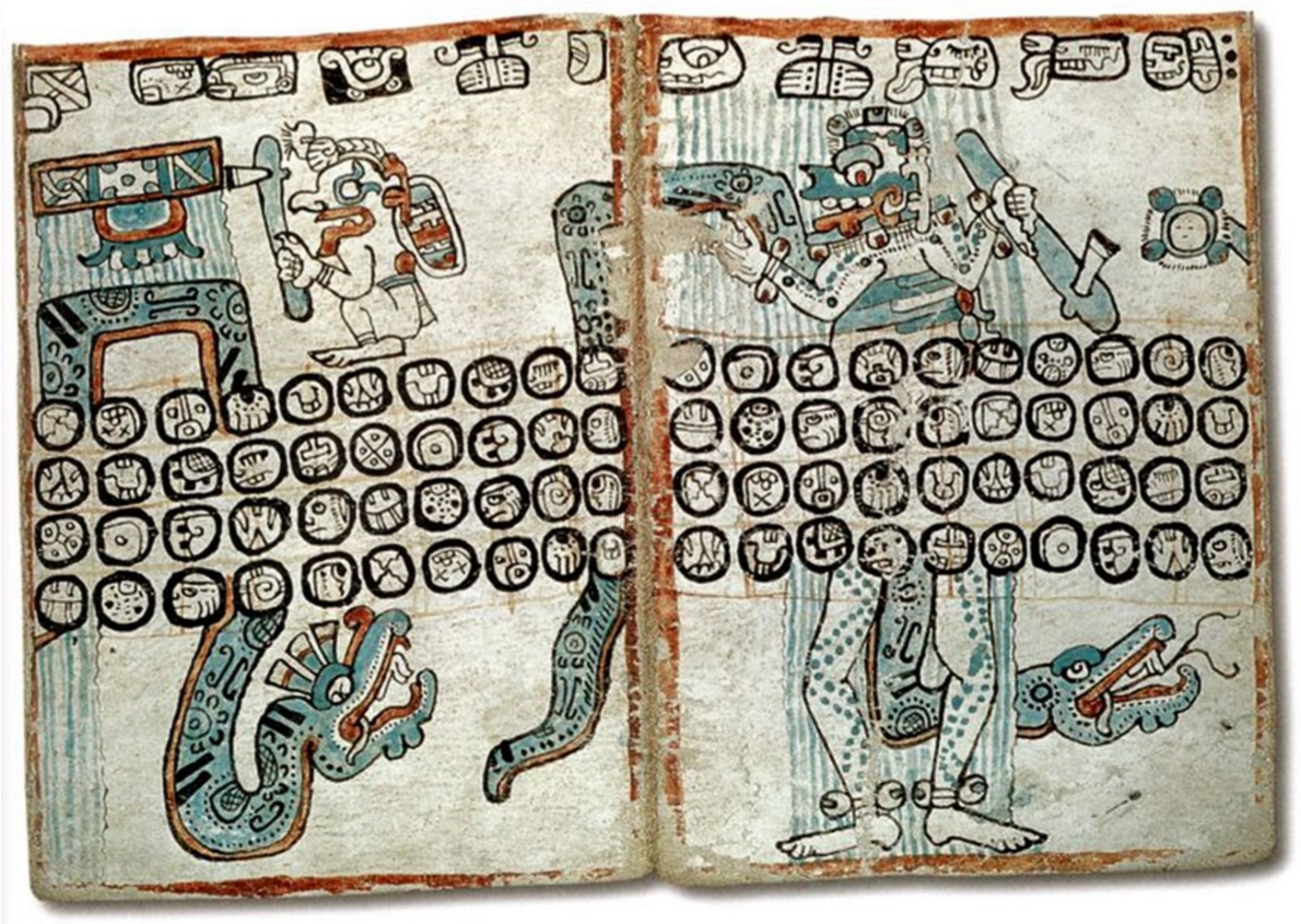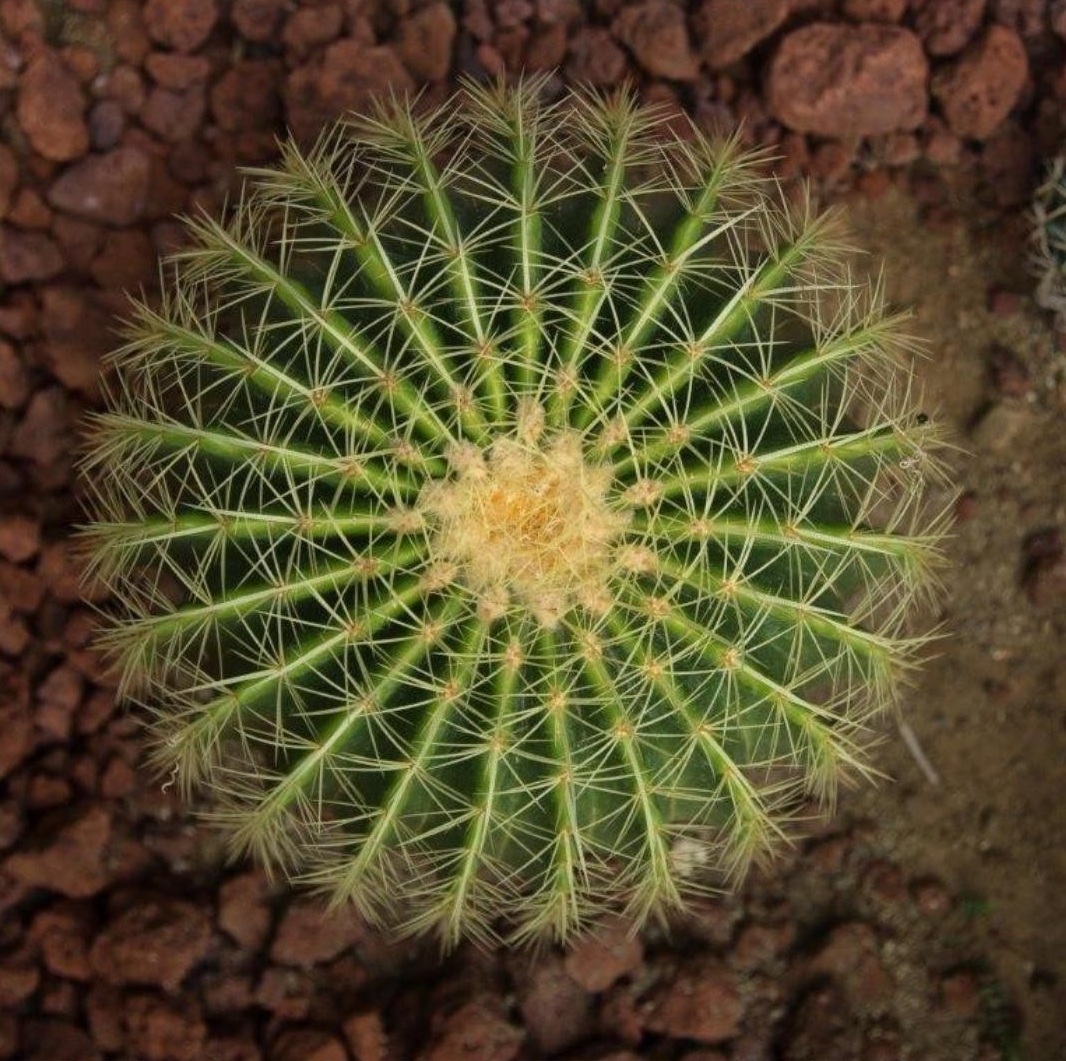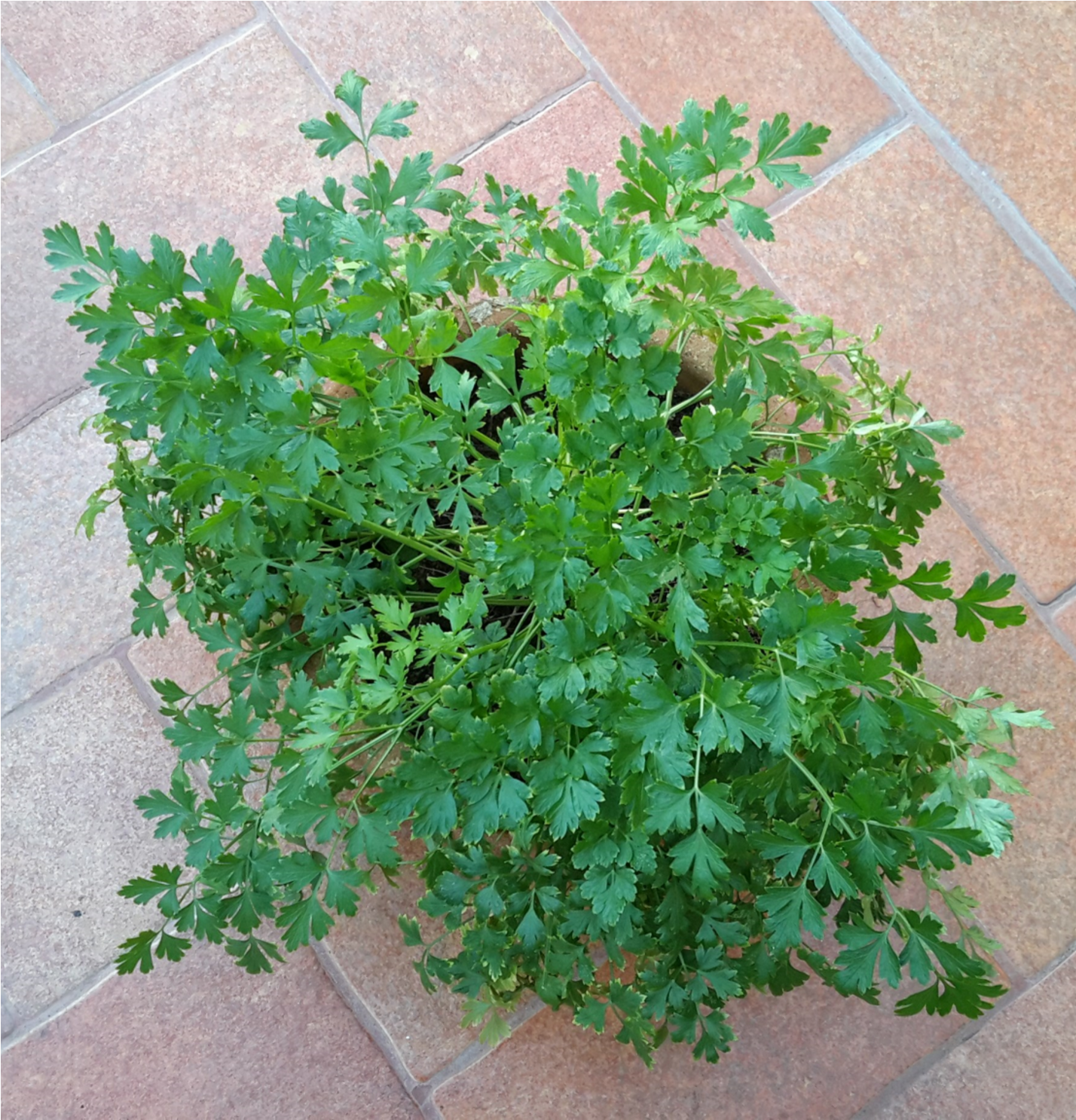By Tommy Clarkson from the March 2018 Edition
Peperomia obtusifolia
Family: Peperacease
Also known as: Baby Rubber Plant, Jade Plant, Blunt-leaved Peperomia, Marble Peperomia, Florida Peperomia or American Rubber Plant
Thriving worldwide throughout the tropics, there are around 1,000 different herbaceous species in the Peperomia genus. Yet, even with this large of a group, it is often difficult to distinguish one from another because they all have quite tiny flowers that lack petals and sepals.
The Pepperface is indigenous to Mexico, the northern jungles of South America and the overall Caribbean area. They can be reasonably well identified by their fleshy, obovate to elliptic or nearly round, dark-green leaves though there are delightful variegated varieties. These glabrous (“hairless or smooth”) my pal’s shiny pate comes to mind leaves are one and a quarter to four inches (3.18 – 10.16 cm) in length. Overall, these succulents grow to about sixteen inches (40.64 cm) tall.
Peperomia obtusifolia comes in one of two configurations: As a low, shrubby sort of creeping groundcover, or as an epiphyte. Ours is the former. For the ensuing well-organized and succinct description, I am most appreciative for the Floridata Plant Encyclopedia. “It has vine-like elongated stems with leaves rising six to nine inches [15.24 – 22.86 cm] above the soil or branch surface. Both stems and leaves are thick and fleshy with a smooth waxy surface. The long stalked, round to obovate leaves are dark green, in wild forms, but often variegated in cultivated forms, and are borne alternately. They are sometimes notched at the tips. The minute greenish-white flowers are tightly packed on slender two-to-four inch [5.08 – 10.16 cm] vertical spikes carried on hairy, erect stems. The tiny smooth oval fruits develop, while partially embedded in the spike, with their hooked beaks protruding from it.
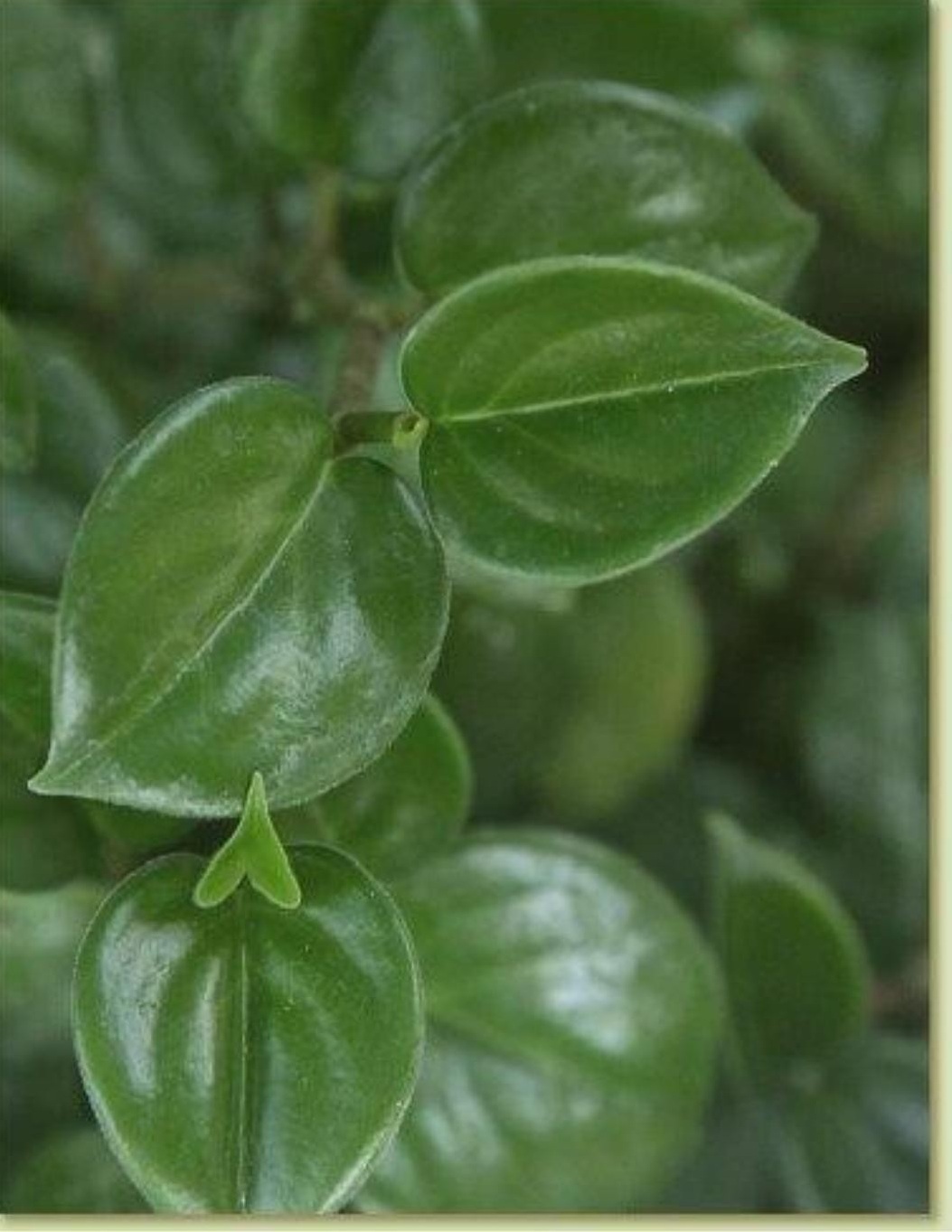
Early Florida botanists confused this species with Spatulate Peperomia [Peperomia magnoliifolia], which usually grows as an epiphyte high in the branches of live oak trees in upland tropi-cal hardwood forests.”
I might add how its leaves are cupped and leathery; they are colored, in some plants, a deep purplish-green; its stems being slightly purple; and how those white flower spikes which appear between late spring and early autumn grow up to eight inches (20.32 cm).
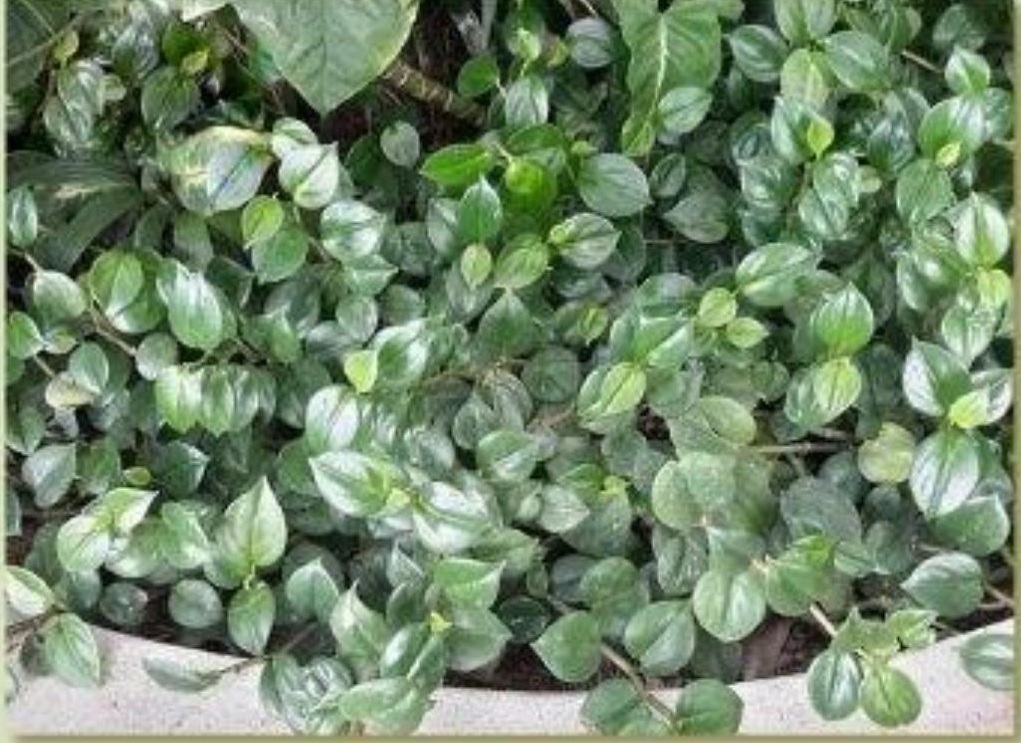
Pepperface prefers life in a light, highly organic soil made yet more perfect with the addition of lots of chipped bark, peat moss or coconut coir (shredded husk fibers). When feeding them, sparingly employ a weak foliar spray. Too much fertilizer will result in soft, untypical growth and, as a result, eventually the plant will collapse. Furthermore, I’d encourage you to avoid granular fertilizers as these can burn their tender leaves. From a care, upkeep and maintenance standpoint, also be aware that they’re susceptible to numerous plant diseases as well as if you’ve them in your area slugs and snails.
As to their preferred living locale, outdoors they’ll grow best in filtered light or medium shade whereas, for indoor plants, an east window might be their best location. High humidity and moist soil are on their “like to have” list, while wet feet are not. So, drench the soil around them when the surface gets dry. During the cooler times, when your plant is not actively growing, hold off a little longer.
The Pepperface is well suited for a life indoors, be it a hot and steamy greenhouse or a rather pedestrian home on a window sill with only indirect light. Additionally, its tolerance for muggy conditions makes it a great selection for a bottle garden. But, beyond all of that, it gets the plant equivalent of the Better Housekeeping Seal of Approval in that it is a “clean air house-plant” which removes formaldehyde from indoor air. Outside, it’ s a good selection as ground-cover for placement in tropical shade locales or atriums. Though, not a tough sort, it won’t well handle foot traffic, so choose its home location carefully.
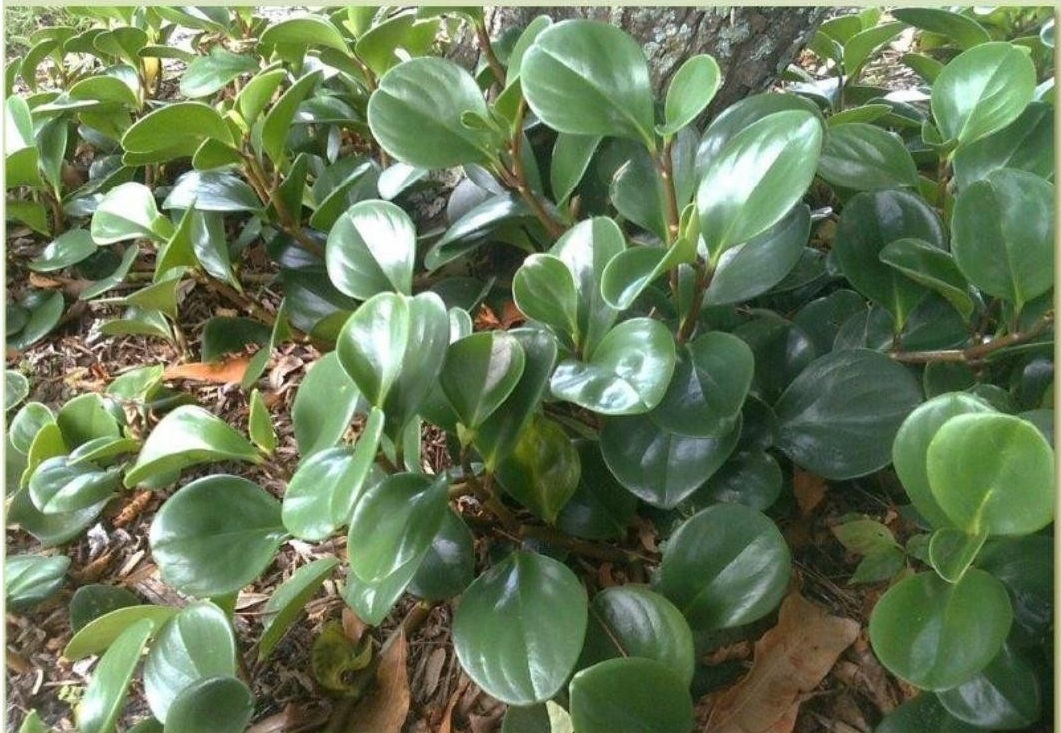
Most easily propagated by division, Pepperface will also grow from stem or leaf cuttings. But if seeking something slightly different, might I suggest one of the following Peperomia obtusi-folia variants: ‘Alba’ a variegated form with pale lemon-yellow when young, leaves that deepen in color with age; ‘Albomarginata’ a variegated form with silvery white borders on gray-green leaves; ‘Variegata’ and Peperomia obtusifolia ‘Greengold’ both variegated forms with patches of cream or yellow; and ‘Minima’ which is a dwarf form of P. obtusifolia.
Download the full edition or view it online
—
Tommy Clarkson is a bit of a renaissance man. He’s lived and worked in locales as disparate as the 1.2 square mile island of Kwajalein to war-torn Iraq, from aboard he and Patty’s boat berthed out of Sea Bright, NJ to Thailand, Germany, Hawaii and Viet Nam; He’s taught classes and courses on creative writing and mass communications from the elementary grades to graduate level; He’s spoken to a wide array of meetings, conferences and assemblages on topics as varied as Buddhism, strategic marketing and tropical plants; In the latter category he and Patty’s recently book, “The Civilized Jungle” – written for the lay gardener – has been heralded as “the best tropical plant book in the last ten years”; And, according to Trip Advisor, their spectacular tropical creation – Ola Brisa Gardens – is the “Number One Tour destination in Manzanillo”.

